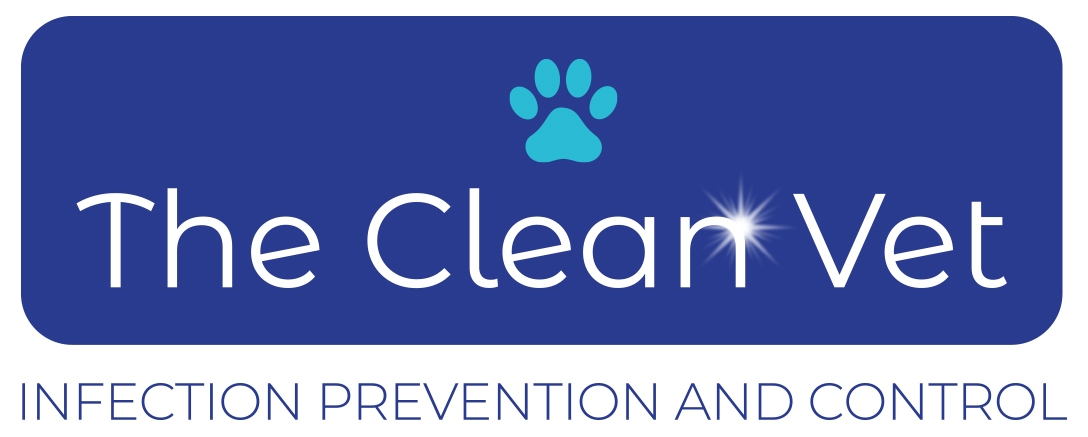After a two year consultation, the WHO has now defined pathogens (human, animal, environment) transmitted through the air as “Infectious respiratory particles” (IRPs). These include influenza, Tuberculosis, SARS, MERS, COVID-19, measles. In veterinary practice we could include Q fever, plague (Yersinia pestis), Psittacosis, Bordetella bronchiseptica and Anthrax.
The size of the particle is no longer as important (droplets were defined as > 5 microns in size) – it is all about how they are generated. These IRPs may be produced by respiratory secretions, expired airflow, breathing, talking, singing, coughing, sneezing – and so on. Environmental factors (e.g. ambient air temperature, humidity sunlight etc) may affect infectivity and viability of IRPs.
What does this mean for the workplace? The WHO recommends risk assessment, disease severity. and considering access to resources. Introducing “full airborne precautions” (which includes the use of P2/N95 mask/respirator) in all situations is not suggested by WHO.
Image: Man in plague mask on Poveglia ca 1899, Public Domain Review
